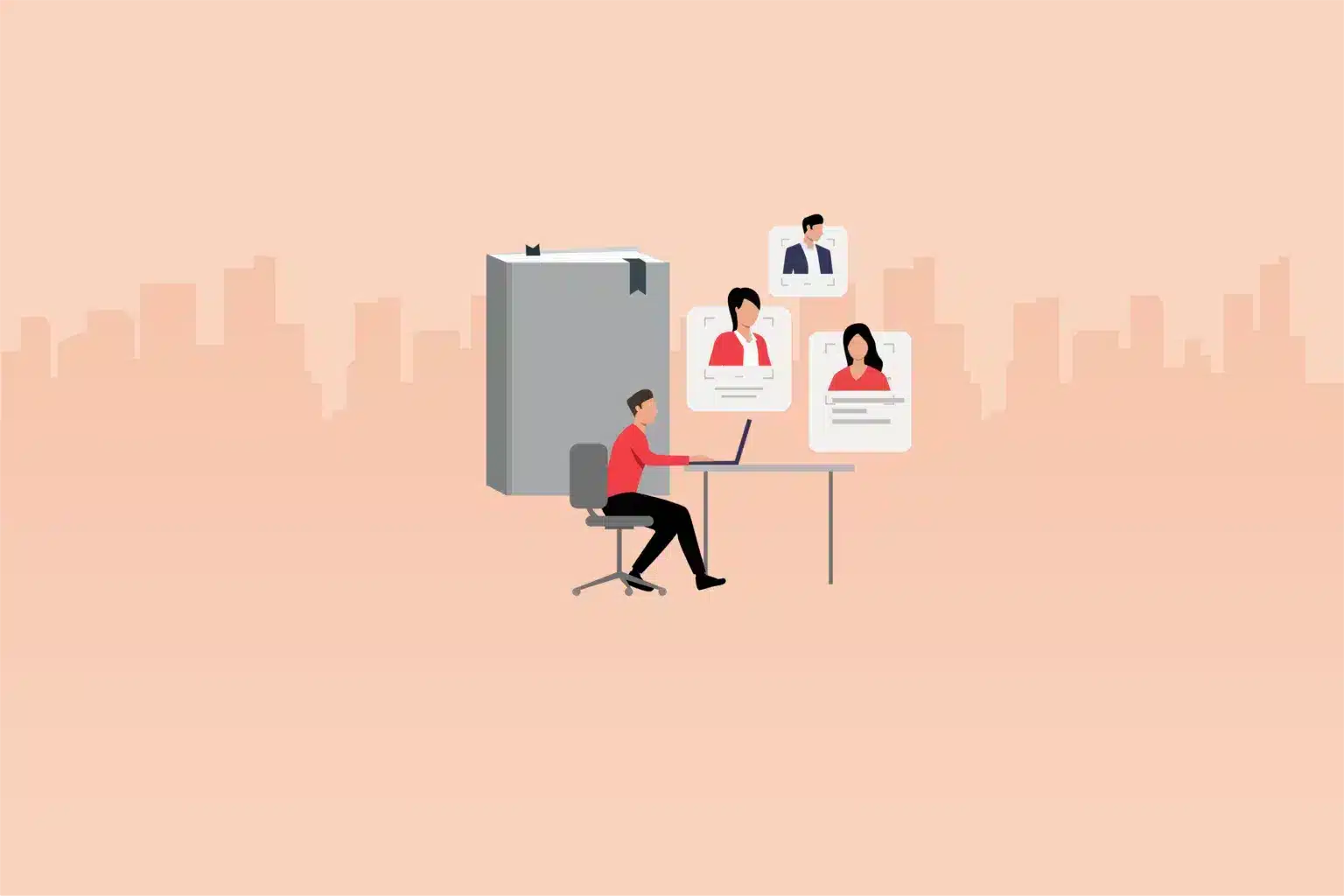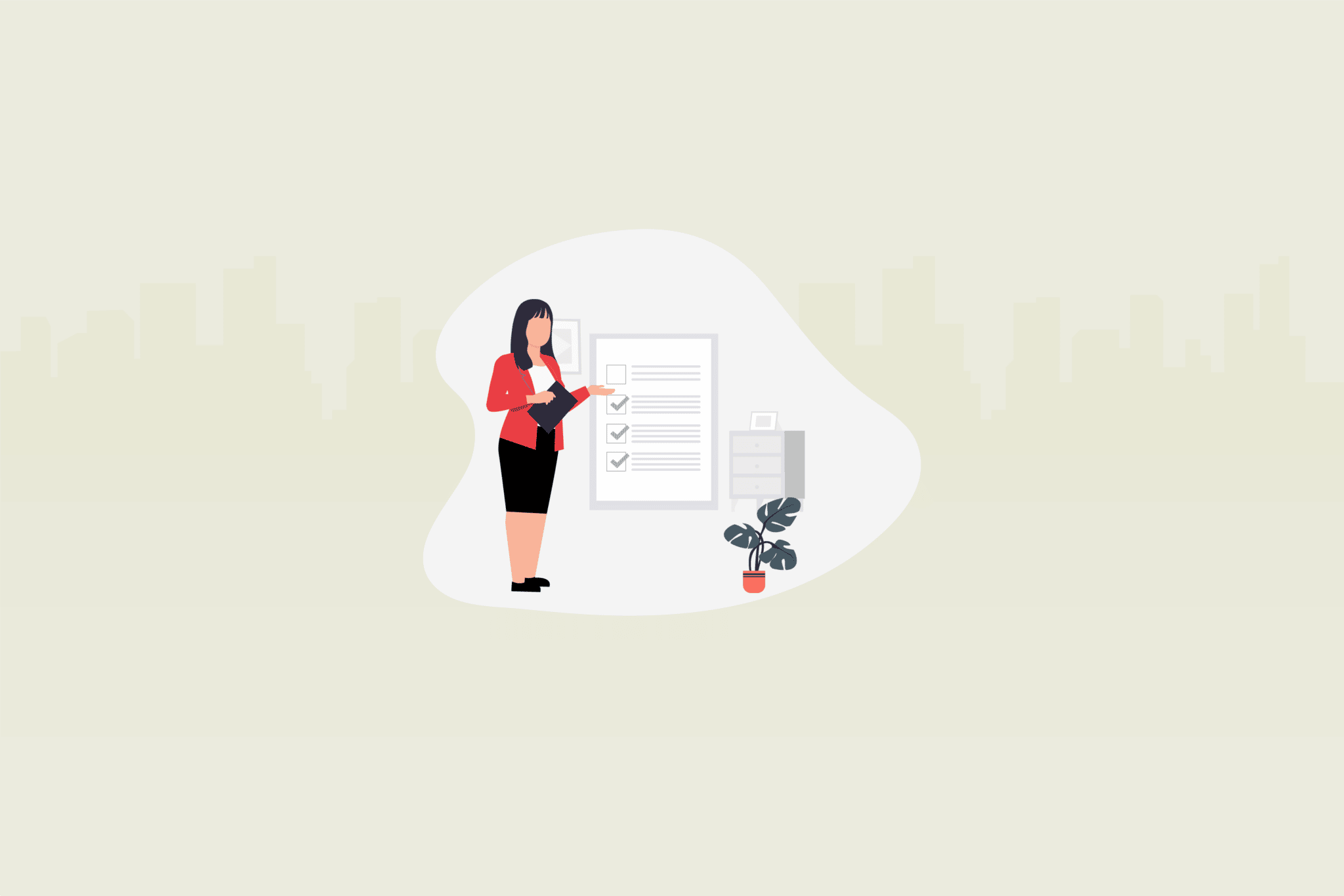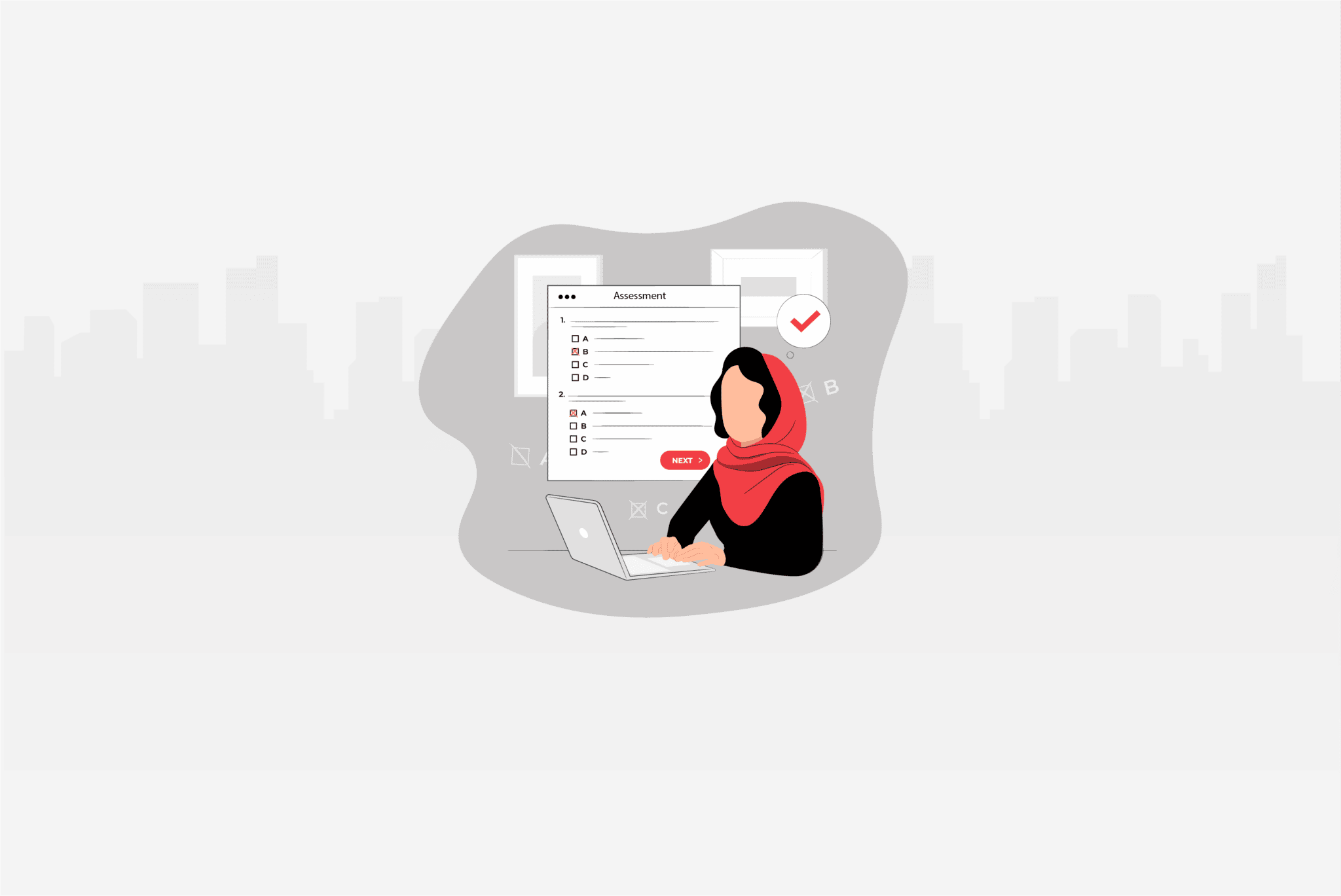In the dynamic landscape of today’s business world, one of the paramount challenges faced by organizations is the identification of their workforce needs. As industries evolve, technologies advance, and markets shift, the demand for specific skills and expertise fluctuates accordingly.
Data-driven workforce needs analysis can result in a 20% reduction in hiring costs and a 15% improvement in talent retention, according to a survey by Deloitte.
To navigate this intricate terrain successfully, businesses must adopt a proactive approach to workforce planning. Accurately identifying workforce needs is not just a necessity; it’s a strategic imperative that can spell the difference between a thriving, agile organization and one struggling to keep pace.
Assessing current workforce
In the intricate web of workforce management, understanding your starting point is crucial. Before embarking on any strategic planning, it’s imperative to assess your current workforce comprehensively. This initial step lays the foundation for informed decision-making and targeted actions that align with your organizational objectives.
Conducting a thorough workforce audit unveils valuable insights into the skill sets, roles, and responsibilities of your existing staff. By examining the collective expertise within your organization, you can identify strengths to build upon and weaknesses to address. This holistic view helps you identify the core competencies that drive your business forward, ensuring that your workforce aligns with your immediate needs.
Moreover, the process of workforce assessment aids in spotting gaps in knowledge and expertise. These gaps may hinder your organization’s ability to meet evolving market demands. By recognizing these deficiencies, you can proactively seek solutions, whether through training initiatives, hiring new talent, or redistributing responsibilities.
Assessment is not limited to skills alone; it also delves into the organizational structure and workflows. Analyzing how different teams collaborate and where bottlenecks occur can unveil opportunities for optimization. Such insights enable you to strategically position your workforce to achieve operational efficiency and agility.
The process of assessing your current workforce is akin to taking stock of your resources before charting a course on a map. It provides a clear picture of your organization’s capabilities, positioning you to identify the right path forward. Armed with this understanding, you can then move seamlessly into anticipating future goals and objectives, ensuring a robust and adaptable workforce that propels your business toward success.
Anticipating future Goals and objectives

As businesses navigate an ever-evolving landscape, the ability to anticipate future goals and objectives is instrumental in maintaining a competitive edge. Aligning workforce planning with these aspirations ensures that your organization is equipped with the right talent to drive success.
To effectively identify your workforce needs, it’s imperative to take a proactive approach in understanding where your business is headed. Consider expansion, diversification, or restructuring plans that may be on the horizon. By analyzing market trends, consumer demands, and industry shifts, you can anticipate the skill sets and expertise that will be essential to capitalize on emerging opportunities.
By aligning workforce planning with your business goals, you ensure that your workforce isn’t just a collection of employees, but a strategic asset that powers your growth. For instance, if your organization is aiming to expand its digital presence, you might anticipate a need for professionals adept in digital marketing, data analytics, and e-commerce technologies. This foresight enables you to avoid playing catch-up in a rapidly changing environment.
Furthermore, projecting skill requirements based on industry trends can help you remain ahead of the curve. By analyzing advancements in technology, regulations, and customer preferences, you can pinpoint the skills that will be in high demand. This can guide your recruitment efforts and training initiatives, allowing your workforce to evolve alongside your industry.
In essence, anticipating future goals and objectives is akin to equipping your workforce with a telescope to peer into the horizon of possibilities. By aligning your talent pool with your strategic ambitions, you create a dynamic workforce that’s not just ready to tackle today’s challenges, but also poised to pioneer the solutions of tomorrow.
Illuminating Workforce Needs with Insights
In the age of information, the power of data-driven decision making has become paramount. When it comes to identifying workforce needs, harnessing the insights provided by data can significantly enhance the accuracy and effectiveness of your strategies.
Gone are the days of relying solely on gut feelings or traditional hunches. Workforce analytics and data enable organizations to make informed decisions grounded in concrete evidence. By collecting and analyzing relevant data, such as employee performance metrics, turnover rates, and skill assessments, you gain a comprehensive understanding of your workforce’s strengths, weaknesses, and potential areas for improvement.
Key performance indicators (KPIs) play a pivotal role in evaluating your organization’s progress and identifying areas of concern. These metrics offer quantifiable benchmarks that allow you to gauge the effectiveness of your workforce strategies. Whether it’s measuring productivity, employee engagement, or skill acquisition, KPIs guide you toward data-backed insights that highlight where adjustments are needed.
Moreover, the incorporation of predictive modeling into workforce planning empowers you to anticipate future needs with greater accuracy. By examining historical data and extrapolating trends, you can forecast potential skill gaps, hiring demands, and training requirements. This forward-thinking approach ensures that your workforce is adequately equipped to meet upcoming challenges head-on.
In essence, data-driven decision making serves as a beacon, guiding your workforce planning efforts with precision and foresight. By embracing the insights that data offers, you navigate the complexities of modern business with clarity and confidence. As you leverage workforce analytics, KPIs, and predictive modeling, you’re not just identifying workforce needs—you’re building a strategic foundation that steers your organization toward sustainable success.
Engaging with departmental managers
In the intricate symphony of organizational success, departmental managers play a pivotal role as conductors. Engaging with these key stakeholders is a critical step in identifying and addressing specific workforce needs that may vary across different teams.
Collaborating closely with department heads allows you to tap into their intimate knowledge of their teams’ day-to-day operations, challenges, and goals. They possess insights into the unique skill sets required to achieve departmental objectives. By fostering open lines of communication, you gain a clearer understanding of the nuances that differentiate each team’s workforce requirements.
Departments within an organization often function as interdependent units. Engaging with managers facilitates cross-functional insights, highlighting areas where skill overlaps or gaps may exist. This collaborative approach fosters a sense of unity, allowing you to streamline workforce planning efforts and create a more cohesive and harmonious working environment.
Addressing immediate concerns and long-term goals is a dual benefit of engaging with departmental managers. By actively involving them in workforce discussions, you can address pressing issues promptly. Additionally, by aligning their long-term visions with your organization’s strategic goals, you can shape your workforce planning to ensure that your teams have the resources they need to thrive.
Engaging with departmental managers is akin to harmonizing the various sections of an orchestra to create a symphony of productivity and innovation. By recognizing the insights and expertise that these managers possess, you are better equipped to fine-tune your workforce strategies and orchestrate a workforce that is not only skilled and motivated but also synchronized in pursuit of shared goals.
Employee development and training

In the ever-evolving landscape of business, the significance of continuous learning and development cannot be overstated. Employee Development and Training, is a cornerstone in identifying and addressing workforce needs, as it ensures that your existing talent remains relevant, engaged, and capable of meeting future challenges.
Investing in employee development goes beyond a mere transactional approach to training. It’s about fostering a culture of growth where employees are empowered to expand their skill sets, embrace new technologies, and adapt to changing industry dynamics. By identifying skill gaps through ongoing assessments, you can tailor training initiatives that target specific areas in need of improvement.
Identifying high-potential employees for leadership roles is another crucial aspect of employee development. These individuals often possess not only the necessary skills but also the potential to drive innovation and guide teams toward success. By recognizing and nurturing these talents, you ensure a robust leadership pipeline that can tackle future challenges head-on.
Aligning training initiatives with identified skill gaps ensures that your employees are equipped with the expertise needed to remain competitive in their roles. Whether through in-house workshops, online courses, or mentorship programs, these efforts help employees stay current in their fields and contribute effectively to your organization’s growth.
Employee development and training can be likened to nurturing a garden. As you identify the areas that need attention and provide the right resources, you cultivate a workforce that blossoms with expertise, creativity, and adaptability. By empowering your employees to learn and grow, you not only address workforce needs but also create a resilient and innovative workforce that’s prepared to thrive in the face of any challenge.
Building a resilient workforce for changing times
In a world marked by rapid technological advancements and unpredictable market shifts, the ability to adapt is a hallmark of successful organizations.
Building a flexible workforce involves recognizing that rigidity can be detrimental in a dynamic environment. By embracing flexibility, you enable your organization to respond swiftly to sudden changes in demand, technological disruptions, or unexpected challenges. This might involve incorporating cross-training initiatives that equip employees with versatile skills, allowing them to seamlessly transition between roles when necessary.
Utilizing temporary, freelance, or contract workers enhances your organization’s agility in managing fluctuating workloads. These arrangements provide access to specialized skills for short-term projects without the long-term commitments of full-time employment. This adaptive approach enables you to scale your workforce up or down as needed, effectively managing costs and maintaining efficiency.
Adapting strategies in response to unforeseen market shifts is an essential aspect of workforce planning. By monitoring industry trends, customer behavior, and global events, you can proactively adjust your workforce strategy to align with emerging demands. This foresight positions your organization to capitalize on new opportunities and remain ahead of competitors.
In essence, flexibility and adaptability are akin to equipping your workforce with the tools of a chameleon. As the business landscape changes color, your organization can seamlessly shift and blend in, ready to embrace whatever comes next. By fostering a culture that embraces change and equipping your workforce with the skills and mindset to adapt, you create a workforce that’s not only prepared for change but thrives in it.
Conclusion
In an era of rapid change and innovation, the process of identifying workforce needs is not a one-time event, but rather an ongoing endeavor. Organizations that commit to a proactive approach in assessing their workforce needs are better poised to adapt swiftly to the challenges of an ever-evolving landscape. By embracing data-driven decision-making, engaging with departmental managers, fostering employee development, and maintaining flexibility, businesses can create a workforce that’s not just prepared for the present, but also primed to shape the future. Ultimately, the journey to identifying workforce needs is a voyage toward securing a sustainable competitive advantage and establishing a lasting legacy of success.
Testlify offers a range of assessments and challenges that allow you to gauge candidates’ knowledge, problem-solving skills, and creativity in real-world scenarios. With our extensive test library, you can objectively evaluate candidates’ abilities, ensuring you shortlist the most talented individuals efficiently. Ready to unlock the potential of your hiring process with our talent assessment tool? Book a free 30-minute live demo with Testlify. Our expert team will guide you through the platform, showcasing relevant skill tests tailored to your organization’s needs. With our support, you can streamline candidate selection, saving valuable time and resources.








